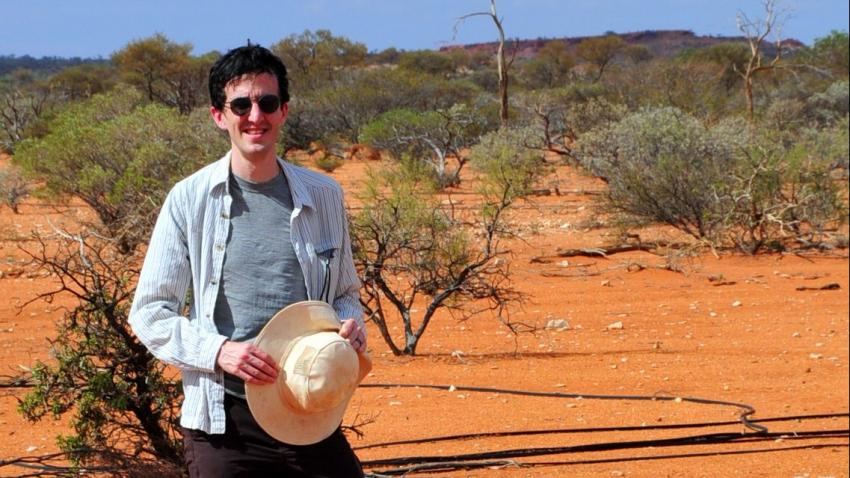The newest member of the MNRAS editorial board, Prof. David Kaplan received his bachelor’s degree from Cornell University and his doctorate from the California Institute of Technology, and is now an Associate Professor at the University of Wisconsin-Milwaukee, USA. Here he tells us about his research interests and shares his insight into what makes a great paper.
Can you tell us about your field of research?
I am an observational astronomer with a focus on multi-wavelength and multi-messenger observations of compact objects. Right now I focus on three different areas: (1) finding and studying millisecond pulsars, ultimately to try to find low-frequency gravitational waves; (2) studying the dynamic radio sky with new radio telescopes like the Murchison Widefield Array (MWA) and Australian Square Kilometre Array Pathfinder (ASKAP) to find new and interesting sources like gamma-ray bursts, tidal disruption events, and exotic transients; and (3) looking for electromagnetic counterparts to gravitational wave signals at both radio and optical wavelengths.
What prompted you to get involved in this field?
These fields have evolved from what I have been doing for a while, although it has been changing from young, hot neutron stars to older binary systems. This evolution has been driven by changes in instrumental capabilities and personal interest.
Why did you join the MNRAS editorial board?
It is an exciting opportunity to learn about a lot of new research and to help shape the field. I really like reading all of the papers I wouldn’t have otherwise read.
What advice do you have for someone who wants to submit their paper to MNRAS?
Try to make sure that the background level is appropriate for a wide audience, but that the details satisfy an expert referee. Especially now, making data and software available is encouraged.
What do you think makes a really good paper?
The most interesting papers are often those that seem entirely obvious in retrospect, but which required some real insight to put together. Maybe not all of the predictions will be verified right away, but it will have implications over a range of fields.
What is the main challenge you face as a scientific editor?
Finding appropriate referees for long, detailed papers written by increasingly large collaborations: finding people with the subject knowledge but no conflict of interest is hard, and everybody is so busy.
What do you see as your main responsibility as a scientific editor?
Keeping up the quality of MNRAS by ensuring that papers have a thorough, fair refereeing. Novel and controversial papers should be encouraged, but they should also be subject to appropriate scrutiny.


